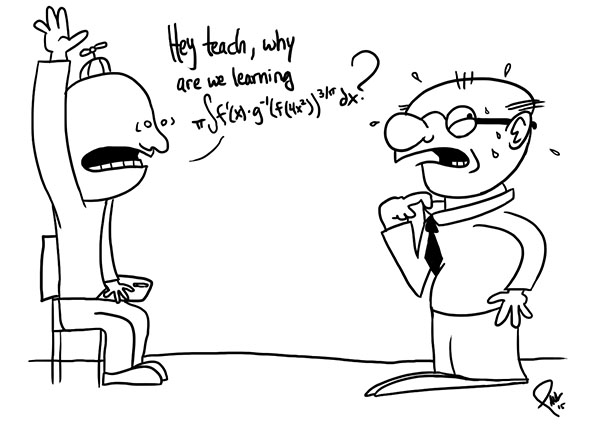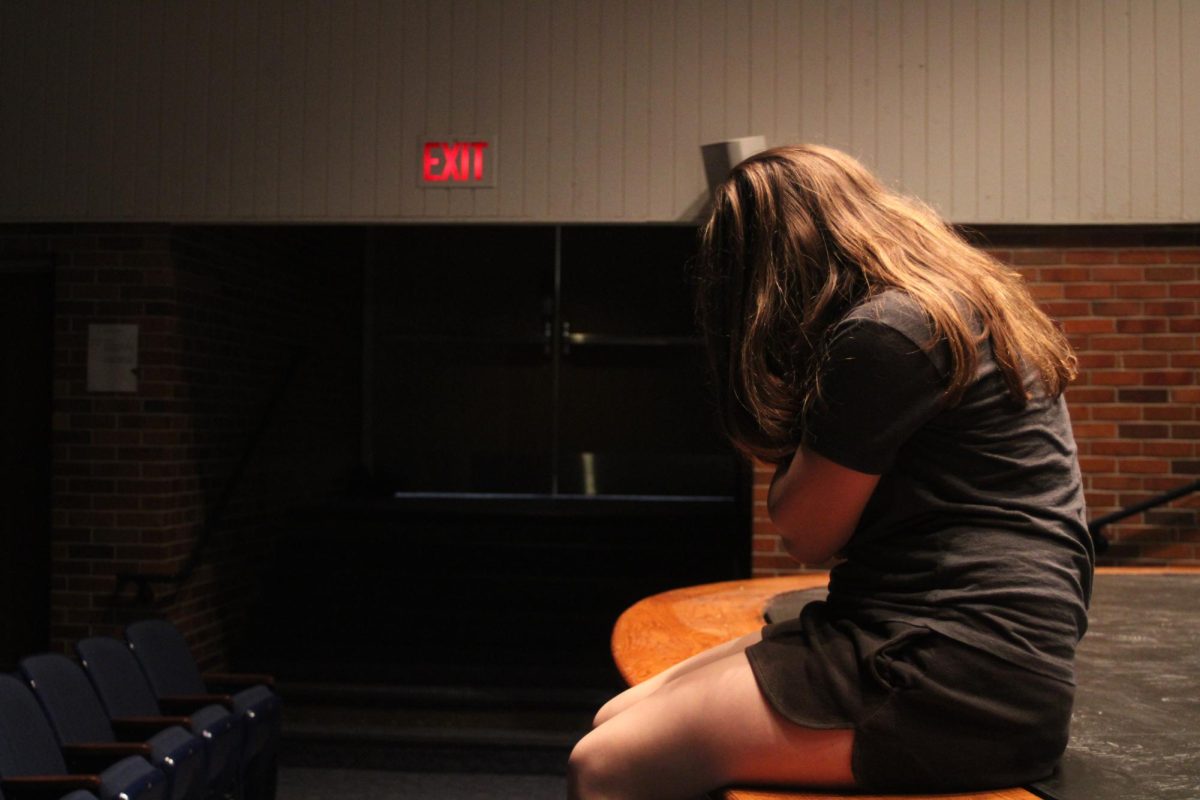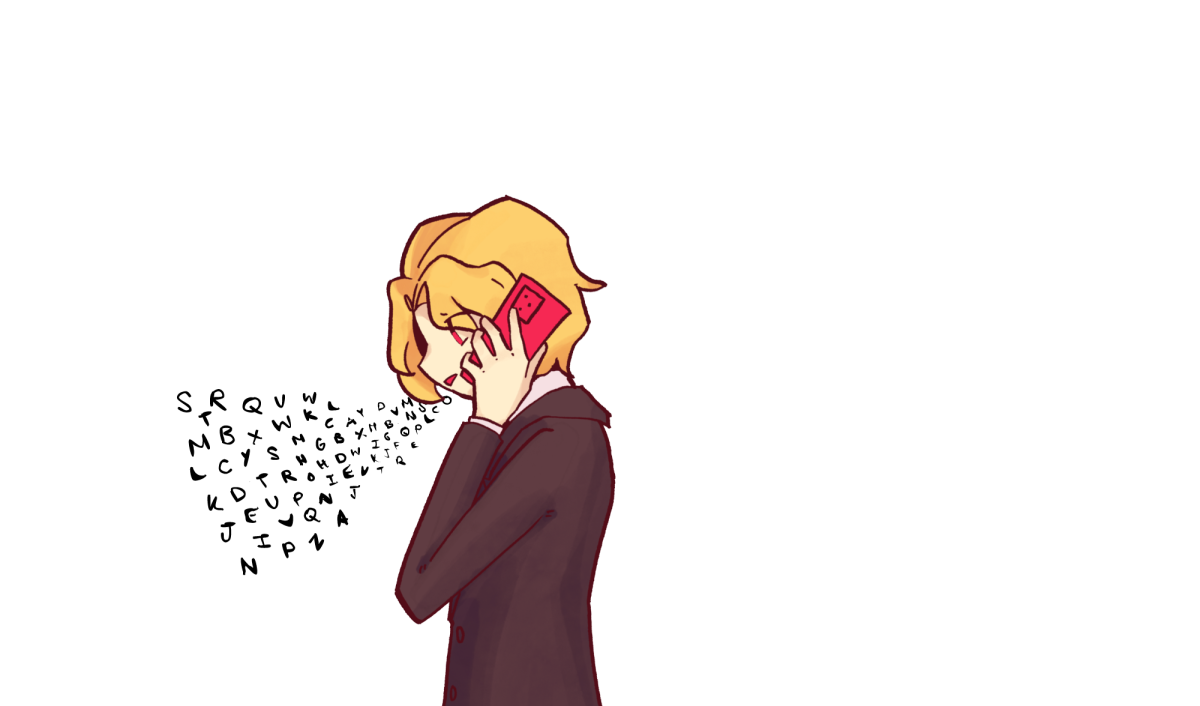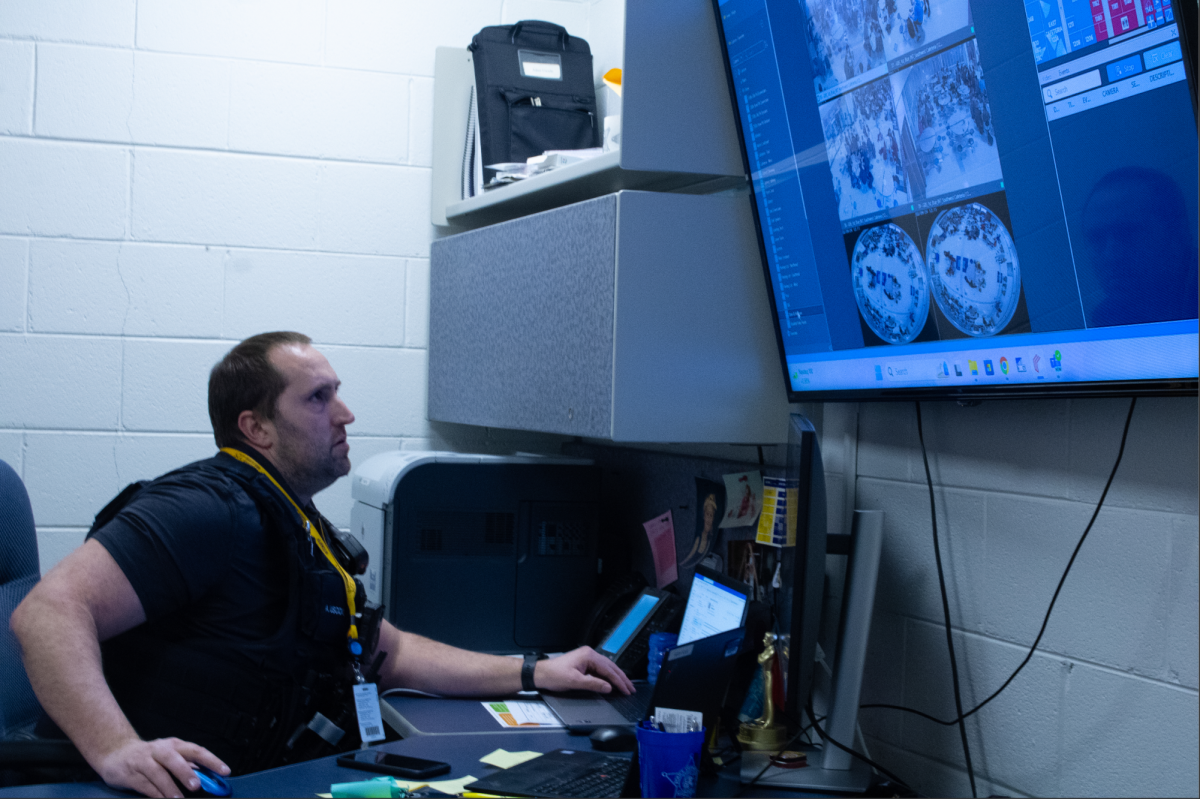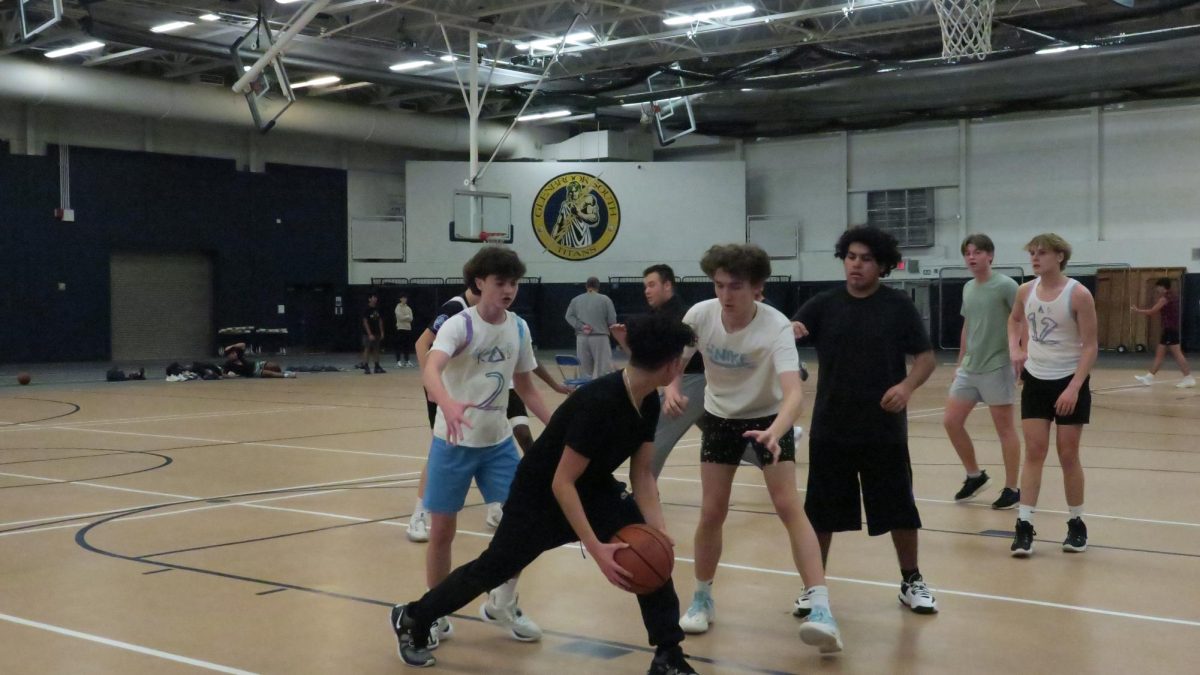Following a routine is a part of life. In school, this can mean taking notes on a history book section, reading a few chapters of a novel or completing a math worksheet to be prepared to learn more the next class time. However, the purpose of what we’re learning can be lost if we get caught up in the routine of progressing through content instead of focusing on its impact.
The Oracle Editorial Board encourages teachers to communicate the purpose of studying an academic unit to their students in order to maximize student engagement and understanding. This is separate from simply stating a class agenda. Additionally, we encourage students to stay curious and try to engage themselves in understanding the purpose of what they learn.
According to a non-scientific Oracle-conducted survey of 200 students, 70 percent say that they have none, one or a few classes in which teachers adequately explain the larger purpose of what they are teaching. From what we understand, the administration has created goals for teaching that emphasize discussing this larger purpose with students. Teachers, of course, want their students to learn and enjoy learning, but students do not always understand the importance of studying certain content as clearly as it may seem to their teacher.
As a teacher who structures his classes each day around a central point to what he’s teaching, David Schoenwetter, Social Studies teacher, understands the importance of keeping students informed on the teacher’s classroom goals.
“I think students want to know what it is the teachers want from them,” Schoenwetter said. “They want to know the end product. So if [students are] just working on content the whole time period without knowing how [they’re] going to be asked to use it, then I think maybe [students are] not focusing in on what teachers hope [they’re] going to accomplish.”
According to Schoenwetter, the Social Studies Department creates eight to 10 “big idea” questions they want to cover during the school year. Additionally, Schoenwetter reviews his lesson plans each day and writes a question on the board prompting his students to think beyond the content they will learn that day.
“Each day I try to put on the board the ‘big idea’ question that we’re going to try to get to, and then underneath that is my plan, and somewhere within that plan I have a goal that we’re going to try to accomplish,” Schoenwetter said. “For my studies class today, that ‘big idea’ question was, ‘For what reasons should the United States intervene in world affairs?’ And then my hope is that they’re going to be able to get through a simulation where they have to make a decision about ‘Should we intervene in World War I?’”
The Editorial Board sees this “big idea question” as a useful way to connect content to something important beyond remembering dates of war battles: the development of students’ critical thinking, which is undeniably a crucial life skill. However, “big idea questions” are not the only way to emphasize the importance of what is being taught.
Math teacher Mark Gallagher tries to make real-life connections to what he teaches so his students can project themselves into such future roles. According to Gallagher, he will sometimes directly state the goal of a lesson on the board to make a connection with a concept that will be learned in a future class or that will be used in a future profession. He also often tries to find a video clip or news resource to show the real-world use of a lesson.
“To get the ‘buy in’ from students, the focus on the impact of the topic on their future, I stay on their side of the desk as much as possible,” Gallagher said. “[I try to answer the questions], ‘Why do we do this? Why is it important for me to learn? How might this affect me not only in the class but in the classes and real life situations that follow?’”
The Editorial Board recognizes that all students will not be equally interested in everything they learn, but there is something to glean from every course. Ultimately, everything we’re taught in high school as part of a liberal arts education has worth. English teacher Deborah Cohen believes that part of exposing students to the value of their education is explaining it to them.
“I think there’s a lot of ways of inviting kids into their own education, and sometimes Dickens isn’t going to be that guy for everybody…but they have to be able to find something to take from the education if it’s not the content,” Cohen said. “Could it be the skill? Could it be a process? Could it be a big, central question? There’s a lot of different ways of getting people engaged. I think telling people why they’re doing what they’re doing is almost the starting point for that.”
As a clear, explicit way of communicating a central question or connection to each day’s lesson, we encourage teachers to write a sentence or two on the board. Although it may seem more natural to some teachers to include this depth into a discussion, supplying students with a visual focus allows them to ponder and understand that connection at their own pace. Additionally, we encourage teachers to consider having their students fill out a quarterly assessment of their class and how well they’ve understood the value of what they’ve learned.
The Editorial Board understands that all teachers have different experience levels, skills and commitments to looking at this “big idea” in teaching, and that their students are the only people who can express when this viewpoint is lost. At the end of the day, it’s about communication between teachers and students.
According to the aforementioned survey, 67 percent of students have asked a high school teacher why they were learning a certain lesson. We as students should not simply accept being unengaged in a class without inquiry. Students: if you find yourself deeming a certain subject useless, try asking your teacher why they believe what they are teaching is important.
Although it’s ideal to ask them in front of the class so other students can benefit from the answer, it may make your teacher feel more comfortable to have that conversation after class. Additionally, teachers should understand that most students’ motives behind asking such a question is to further their engagement, not criticize a class. Curious students liven a classroom and contribute to a teacher’s goal: to create an interest in learning.





